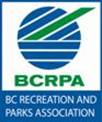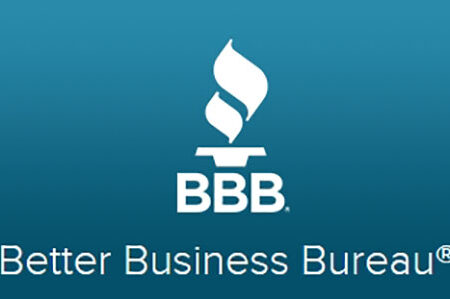Healthy Kids Canada report card says healthy habits must start early
The BC Recreation and Parks Association (BCRPA) supports the 2010 Report Card on Physical Activity for Children and Youth, released today by Active Healthy Kids Canada and its strategic partners, ParticipACTION and the Children’s Hospital of Eastern Ontario (CHEO) Research Institute – Healthy Active Living and Obesity Research Group (HALO).
According to the Report Card, Canadian kids five and younger are dangerously physically inactive. Healthy habits must start young, as lifestyle patterns set in the early years predict obesity and health outcomes in later childhood, and even through adulthood.
“Obesity and Type 2 Diabetes are two major health problems affecting all age groups,” explains BCRPA Chief Executive Officer Suzanne Allard Strutt. “These and many other chronic health issues can be significantly reduced through the adaptation of active lifestyles and healthy eating habits. The key is to ensure we deliberately incorporate these elements into our lives and those of our children. We are never too young or too old to start, and benefit from, a healthy and active lifestyle.”
Over the past 50 years the BCRPA has been focused on improving the quality of life of all British Columbians through healthy active living. Initiatives have targeted all age groups from older adults with the creation of the Move for Life DVD; inactive 35-54 year olds through the delivery of the Physical Activity Strategies; families and youth through the delivery of federal programs such as Everybody Gets to Play™ and Sogo Active; to ensuring that children have quality experiences in sport and recreation through the HIGH FIVE® quality assurance initiative and our recent environmental scan of the critical after-school programming outside of licensed childcare for children aged 6 to 12 in BC.
While the Report Card reports on the state of physical activity for children and youth in general, this year’s focus on children 5 and under underscores the need for us to start on the path to health and wellbeing as early as possible.
“We already know that the early years are a critical period of growth and development, but growing evidence tells us that physical activity must be a fundamental part of the early-life experience,” says Dr. Mark Tremblay, Chief Scientific Officer, Active Healthy Kids Canada, and Director of HALO. “Studies show that children who are obese before six are likely to be obese later in childhood, and it is estimated that overweight two- to five-year-olds are four times as likely to become overweight as adults. Preschool obesity is on the rise in Canada, yet we do not have physical activity guidelines for children five and under.”
The sixth annual Report Card reveals that less than half of Canadian kids under five are getting regular physical activity as part of their daily routines. Although international recommendations vary, children between the ages of one and five should participate in at least two hours of physical activity each day, accumulated over many sessions through play, games, active transportation and recreation.
Unfortunately, Canadian kids of all ages continue to spend more time on the couch than on the playground, resulting in an F grade for Screen Time for the third year in a row. Disturbingly, 90 per cent of children begin watching TV before their second birthday, even though it is recommended that children under age two get zero screen time.
For the fourth year in a row, the Report Card assigns an F for Physical Activity Levels, as only 12 per cent of Canadian children and youth are meeting Canada’s physical activity guidelines of 90 minutes a day. This year, we see no forward movement towards meeting targets of 17 per cent by 2015, as set out by provincial and territorial government ministers responsible for physical activity, recreation and sport.
For the first time, this year’s Report Card assigns an F for Federal Government Investment, down from last year’s C grade for Federal Government Strategies and Investments.
“A new paper tells us that federal government spending on physical activity has declined dramatically since the 1980s,” says Michelle Brownrigg, CEO of Active Healthy Kids Canada. “While we are seeing some success stories and some national commitments to encouraging sport and activity, spending at the federal level in real dollars per capita is half the amount that it was in 1986. We need to follow Michelle Obama’s lead with the Let’s Move campaign and put child and youth inactivity higher on the national agenda.”
Physically active kids grow into strong, healthy adults. With healthcare costs spiraling upwards in Canada, it is essential that our society build the foundation for a healthier, more active population by supporting and encouraging families, at all levels, to get their kids moving.






















